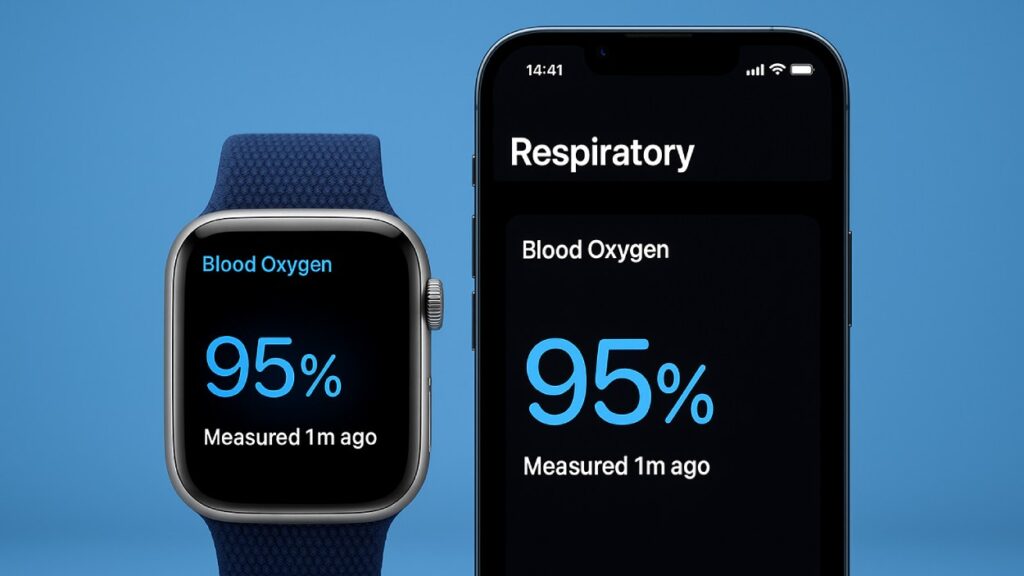Apple has officially restored blood oxygen sensing on its latest Apple Watch models in the US through a new software update, ending a long legal standoff.
TLDR:
- Apple Watch Series 9, 10, and Ultra 2 models in the US regain blood oxygen monitoring.
- The update follows a years-long legal battle with health tech company Masimo.
- iOS 18.6.1 and watchOS 11.6.1 are required to enable the feature again.
- Blood oxygen data is now processed on the iPhone and shown in the Health app.
What Happened?
Apple has released iOS 18.6.1 and watchOS 11.6.1 to bring back blood oxygen sensing to users of Apple Watch Series 9, Series 10, and Ultra 2 in the United States. The feature was disabled in early 2024 due to an import ban linked to a patent dispute with Masimo, a digital health company. A recent US Customs ruling has now paved the way for its return.
Apple Watch Blood Oxygen Feature Makes a Comeback
The latest iOS and watchOS updates mark a significant reversal in a legal saga that began back in 2021, when Masimo sued Apple over the alleged infringement of its optical blood monitoring technology. The issue escalated in 2023 when the US International Trade Commission ruled against Apple, prompting the company to pull certain Apple Watch models from store shelves during the critical holiday season.
Now, Apple has found a workaround. The company says the blood oxygen measurements will now be calculated on the paired iPhone rather than directly on the Apple Watch. The readings will be available in the Respiratory section of the Health app, restoring a core health feature for many users.
Here’s what you need to do:
- Update your iPhone to iOS 18.6.1
- Update your Apple Watch to watchOS 11.6.1
- Blood oxygen data will be re-enabled automatically if you’re eligible
Who Gets the Update?
This change only affects users in the United States who bought a Series 9, Series 10, or Ultra 2 Apple Watch without blood oxygen sensing. Watches purchased outside the US or those made before 2024 are not impacted, as they were not affected by the ban in the first place.
Older watches with the original feature still retain their functionality. Apple made it clear that this update is specifically for devices that had the feature removed due to the legal ruling.
Why This Feature Matters?
Introduced in 2020 with the Apple Watch Series 6, blood oxygen sensing became particularly relevant during the COVID-19 pandemic. Though it may not be a primary selling point for most users, the feature can help detect abnormal oxygen levels that may signal respiratory issues.
Other companies like Garmin and Samsung have long offered similar health tools, using them to appeal to fitness-focused users and athletes. Apple’s restoration of this feature helps it stay competitive, especially as it reportedly continues developing other health innovations like noninvasive glucose monitoring.
What TechKV Thinks?
Honestly, it’s about time. Apple Watch is sold as a premium health device, and removing a feature as important as blood oxygen tracking undercut that promise for US users. The legal mess was unfortunate, but this update fixes what many saw as a huge hole in Apple’s smartwatch offering. I’m glad Apple found a workaround, even if it means shifting the calculations to the iPhone. It shows they’re serious about keeping their devices feature-rich and useful, especially ahead of the September event where more health upgrades are likely on the way.
